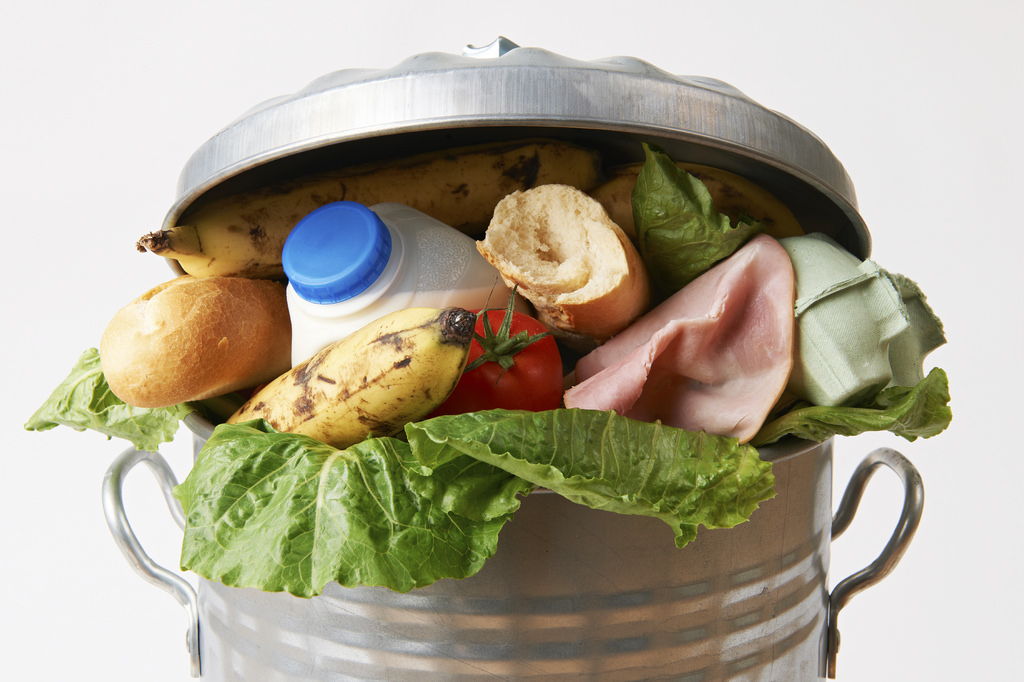
Attending a recent Chatham House event, one statistic seemed to encapsulate the crisis of our current food system:
795 million eat too little while 2 billion eat too much.
After the initial shock of hearing this, I couldn’t help but wonder; if there’s plenty of food to go around why are we simultaneously starving and stuffing ourselves?
The implications of this imbalance in food distribution are enormous for global health, economic productivity and the environment.
Here are some statistics for you to digest: Undernutrition contributes to 50% of all child deaths each year and can cost countries up to 11% of GDP, obesity costs the UK’s NHS £16 billion a year and agriculture is responsible for almost a quarter of global Greenhouse Gas emissions.
While our food system is feeding more people than ever before, with ever more choice and at historically low prices, a long food value chain is geared towards selling more unhealthy food to those who can already afford it. This is not a recipe for tackling famine or obesity.
Much of the blame lies with the unsustainable way in which we currently intensively farm and process foods and transport them long distances. In terms of the environmental cost, Kraft Heinz (Kraft Foods in 2015), one of the world’s largest food and beverage conglomerates, found that value chain emissions comprise more than 90 percent of the company’s total emissions. And after all that effort, energy and emissions we throw this food away – 1.3 billion tons of it – enough to build a mountain two miles across and almost 8,000 feet high.
Food value chains link the producer to the consumer. Long value chains distance the two, both geographically thanks to a globalised food trade and in terms of product as high levels of processing obscure the raw ingredients look, taste and nutritional value.
Could reducing the length of this value chain cut out food waste, excessive processing and reduce GHG emissions?
Against this back-drop the Chatham House conference held on 27-28 November 2017 on A Sustainable Food Future brought together influential voices from across the intergovernmental, private, research, NGO and think tank sectors to assess how we feed ourselves now and how we should feed ourselves in the coming decades.
Two of the key pillars supporting our wonky food system discussed at the conference included an over reliance on subsidy funded staple crops and a commodities based trading market. Their onus is on efficient production, not equitable consumption.
In the pursuit of production efficiency, we have created a system whereby the economic value of crops are squeezed out leaving behind a husk of malnutrition, rural poverty and a degrading natural environment.
James Lomax from UNEP, a delegate at the conference, argued for a system of ‘sufficiency’ rather than ‘efficiency’. In this paradigm we focus on growing enough, not growing as much as possible.
Achieving this demands a fundamental change in how food is perceived and managed. Shortening value chains could have a large part to play to reduce over processing and food loss. Uncoupling ourselves from a handful of staple crops to diversify diets and build resilience in the face of a changing climate must also play a part (check out how a freezer full of seeds is protecting our food future).
Hope for a sustainable food future lies in sufficiently producing enough within planetary boundaries and sharing it equally. Not rocket science, but difficult to comprehend and implement when efficiency is the name of the game.
Views and opinions expressed here do not necessarily reflect those of CABI.
Photo credit: USDA
